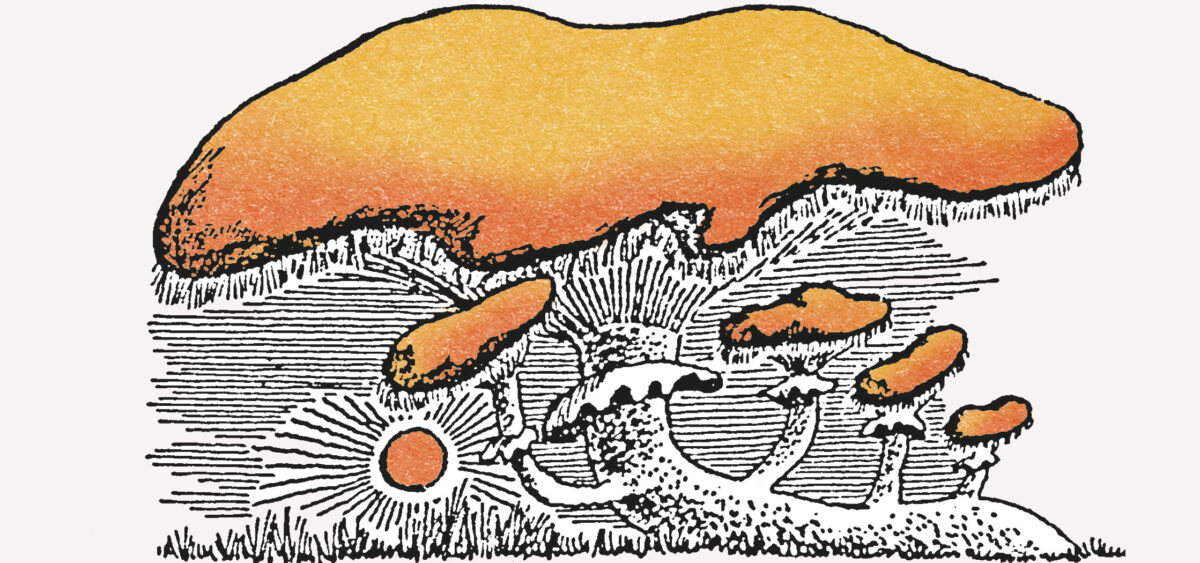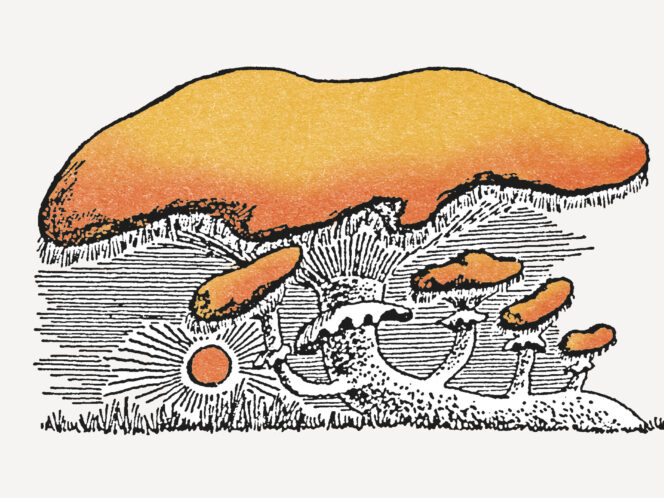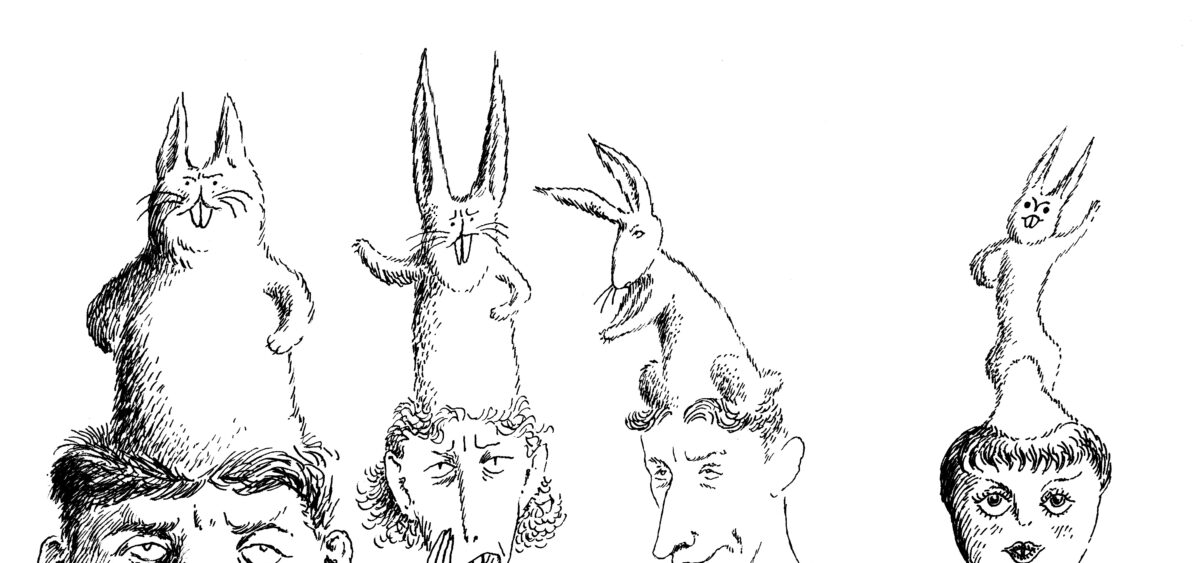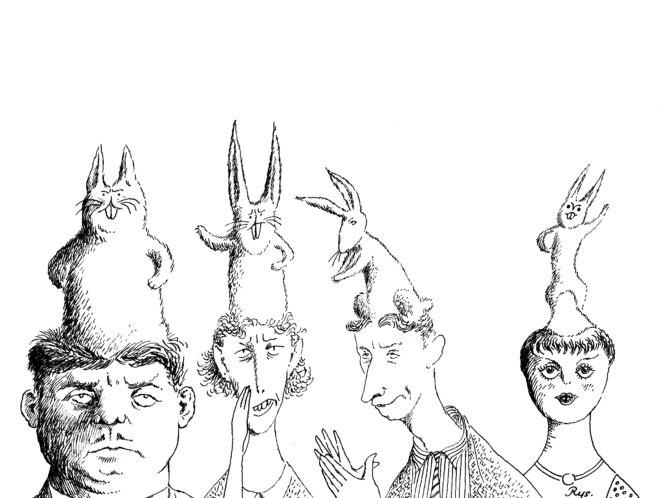
The primaeval Białowieża Forest is populated with fungi that might help treat the most dangerous diseases, including cancer. The trouble is, human activity could drive them into extinction before many of them are ever discovered and studied.
For several years now, the town of Hajnówka on the outskirts of Białowieża Forest has been home to an unusual bank. Much like other such institutions, it offers people hope for a better tomorrow. However, stored away inside this remarkable bank is not money, but rather… fungal extracts. Its staff scour the forest to collect both rare and common fungi that exhibit astonishing properties. These fungi are generally not mushrooms of the familiar stem-and-cap variety. More often than not, they are fungal growths found hidden amid tree roots, attached to living trees, or colonizing dead trunks.
The bank was established at the initiative of Sławomir Bakier of the Institute of Forest Sciences at the Faculty of Civil Engineering and Environmental Sciences, Białystok University of Technology. In the interview he gave me, he explained: “The Białowieża Forest is an invaluable and rich source of fungi. It is particularly abundant in polypores, which are associated with deadwood. Some of them are endemic to the forest, which means that they can be found only there. Many of them have untapped medicinal potential.”
Polypore and chaga
Inspiration for the establishment of the bank came from Jordan Zjawiony, a retired Polish








